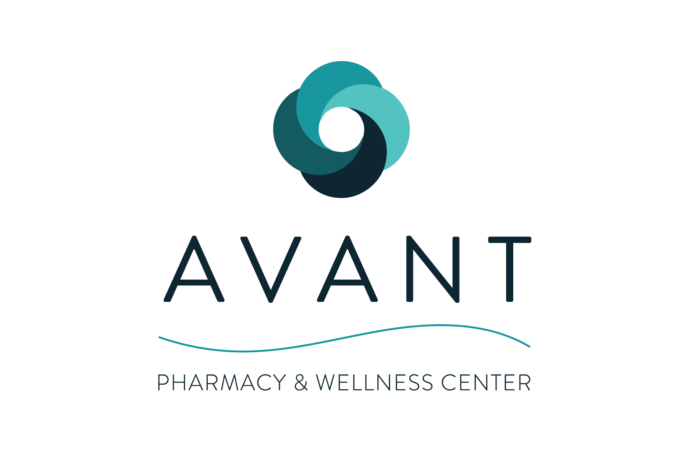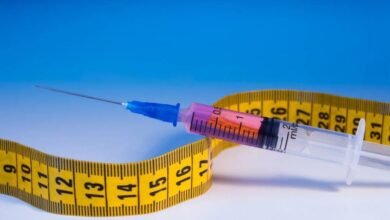
Innovations in medical equipment and supplies are essential to improving patient care and treatment results in the quickly changing healthcare environment of today. Modern treatment equipment and advanced diagnostic tools are only two examples of how the incorporation of cutting-edge technologies is changing the way medical practitioners provide individualized care. We’ll look at how these technologies have improved treatment outcomes and patient care in this guest post.
Advancements in Diagnostic Equipment:
The foundation of contemporary healthcare is diagnostic equipment, which makes precise diagnosis and early disease detection possible. Advances in laboratory analyzers, portable ultrasound equipment, and high-resolution imaging systems have improved diagnostic methods’ accuracy and efficiency considerably. With the use of these technologies, healthcare professionals may now detect diseases early on, allowing for prompt therapies that enhance patient outcomes.
For example, point-of-care testing (POCT) devices have transformed diagnostic processes by allowing for quick on-site testing for a variety of disorders, including metabolic parameters, infectious infections, and cardiac biomarkers. POCT devices help speedy clinical decision-making by providing real-time results, especially in emergency situations where time is of the essence.
Enhanced Treatment Modalities:
Treatment techniques across a range of medical specializations are being revolutionized by cutting-edge medical supplies and technology. These developments provide patients with safer, more accurate, and least disruptive treatment options. Examples of these include targeted therapy delivery systems and minimally invasive surgical equipment.
The creation of robotic-assisted surgical systems, which fuse cutting-edge robotics and imaging technologies to provide surgeons unparalleled control and precision in performing intricate surgeries, is one noteworthy advancement. Smaller incisions, less operational trauma, and quicker patient recovery are all made possible by these technologies’ improved dexterity and visualization.
Furthermore, medication administration has been completely transformed by the incorporation of cognitive algorithms and connection elements into smart infusion pumps and drug delivery systems. This has ensured precise dosing, medication safety, and seamless data integration with electronic health records (EHRs). By reducing the possibility of prescription errors and negative drug reactions, these technologies improve patient safety and treatment results.
Personalized Healthcare Solutions:
The rise of personalized healthcare solutions in the era of precision medicine can be attributed to developments in genetic testing, biomarker analysis, and therapeutic customization. Healthcare professionals can offer focused interventions that address each patient’s particular needs and features thanks to medical equipment and supplies that are customized to fit individual patient profiles.
For instance, the use of pharmacogenomic testing in clinical settings allows medical professionals to find genetic differences that affect a patient’s reaction to a drug. Through the utilization of this data, medical professionals can enhance medication choice, dosage, and therapy schedules, ultimately optimizing therapeutic effectiveness while reducing side effects.
In a similar vein, patients are given more autonomy over their healthcare management with wearable health monitoring gadgets that come with sensors and remote communication features. These gadgets enable proactive illness management and early intervention by giving real-time data on vital signs, activity levels, and medication adherence.
Telemedicine and Remote Monitoring Solutions:
In addition to improving patient convenience and safety, the expanding use of telemedicine and remote monitoring technology has increased access to healthcare services. Cutting-edge medical supplies and equipment created for telehealth applications allow for remote patient monitoring, virtual consultations, and telemedicine-enabled diagnostics, overcoming geographic limitations and enhancing care coordination.
For example, telemedicine systems that are combined with high-definition video conferencing and diagnostic accessories allow medical professionals to virtually consult and evaluate patients who live in rural or underserved areas. Clinicians can reduce the need for in-person visits by using remote monitoring equipment to remotely track patients’ vital signs, medication adherence, and disease progression. This allows for prompt interventions.
Understanding Mebendazole: A Treatment for Worm Infections
Avant Pharmacy’s Obligation to Quality Affirmation
Quality affirmation is at the very front of Avant Pharmacy’s ethos. The stage teams up with legitimate makers and providers to source Medical Equipment and Supplies that fulfill or surpass industry guidelines. Thorough quality checks are led to guarantee that each item presented by Avant pharmacy sticks to somewhere safe and secure and execution benchmarks. This obligation to quality imparts trust in clients, realizing that the devices they depend on for wellbeing and health are of the greatest type.
Conclusion:
Medical equipment and supplies innovations are bringing about revolutionary shifts in the way healthcare is delivered, providing previously unheard-of chances to improve patient care and treatment results. Healthcare companies may enhance clinical operations, boost diagnostic precision, and tailor treatment plans to patients’ changing needs by adopting these innovations. The incorporation of cutting-edge medical supplies and equipment will be crucial in influencing healthcare trends and guaranteeing the provision of superior, patient-focused care as technology develops.



